While most crops wither in frosty weather, the same cannot be said for kohlrabi (pronounced “cole-rah-bee”). Known for its bizarre appearance but extremely hardy nature, this vegetable is highly deserving of your attention and a space in your kitchen pantry for its flavor and nutrition. Keep reading to discover more interesting facts about kohlrabi.
What Is Kohlrabi?
It might look like something that’s extraterrestrial in nature, but kohlrabi is actually native to northern Europe and thrives all over the world today. Its name comes from the German words “kohl” and “rube,” which literally translates to “cabbage turnip” when combined.
Kohlrabi looks like a turnip with leaves growing from its sides and standing out like spokes. But what kohlrabi lacks in beauty, it makes up for in taste. It’s described to have a “sweet flavor that’s somewhere between a turnip and a water chestnut, with a crisp, crunchy texture.”
Despite its bulbous appearance, kohlrabi is not a root crop. Rather, it is a cruciferous vegetable belonging to the genus Brassica, the same plant family as cauliflower, cabbage, Brussels sprouts and broccoli. Its bulb is not a root, which is why it grows above the ground instead of under the soil like a true root vegetable.
The kohlrabi plant is classified as an herbaceous biennial, thriving best in cool weather. In the U.S., kohlrabi is available from fall through spring in different growing regions. You can choose from nearly two dozen kohlrabi plant varieties, varying in color, size, flavor and shape.
The most commonly seen kohlrabi types are white, green and purple, which all have white flesh underneath. There are also kohlrabi varieties that have a longer shelf life than other types, such as Gigante and Kossak kohlrabi.
Kohlrabi is one of the most versatile vegetables around. It can be cooked as you would carrots or turnips, and tastes great in salads, pies, or simply grilled or roasted. Kohlrabi can also be eaten raw and this may be the best way of all to enjoy them.
Don’t disregard the kohlrabi leaves — they’re edible, too. Kohlrabi greens can be enjoyed just like spinach, beet greens or collard greens, with a taste that’s reminiscent of kale and collards. They can be served cooked, either steamed or sautéed with other vegetables, or added raw to salads. It’s best to harvest them in early spring to ensure you get flavorful and tender leaves.
Kohlrabi Health Benefits
Kohlrabi is rich in vitamins A and K, as well as B-vitamins. It also contains copper, manganese, iron, potassium, dietary fiber and calcium, and is rich in antioxidant compounds like phytochemicals and carotenes. With this bounty of nutrients, it’s not surprising that kohlrabi offers immense body-wide benefits.
One standout vitamin found in kohlrabi is vitamin C. In fact, this vegetable has more vitamin C than an orange, with 62 milligrams of vitamin C per 100 grams. This water-soluble vitamin is vital for maintaining healthy connective tissues, teeth and gum, as well as for supporting proper immune function.
Kohlrabi also contains phytochemical with powerful antioxidants and anti-inflammatory properties, which may help lower your risk of diabetes, cardiovascular disease, obesity, Alzheimer’s and other chronic diseases.
Sulfur-containing glucosinolates found in this vegetable may also have anticancer, antifungal, antiparasitic and antibacterial benefits. These chemicals are broken down into more biologically active compounds like indoles and isothiocyanates upon food preparation, cooking and digestion. One study published in the journal Pharmacological Research highlighted that “human exposure to isothiocyanates and indoles through cruciferous vegetable consumption may decrease cancer risk.”
Kohlrabi Nutrition Facts
Just like the diversity it offers in terms of its culinary uses, kohlrabi offers a wide array of benefits for your body as well, owing to its various nutrients, as listed below:
| Kohlrabi Nutrition Facts
Serving Size: 100 grams, raw |
||
| Amt. Per Serving |
% Daily Value* |
|
| Calories | 27 | |
| Total Fat | 0.1 g | |
| Saturated Fat | 0.013 g | |
| Trans Fat | ||
| Cholesterol | 0 mg | |
| Sodium | 20 mg | |
| Total Carbohydrates | 6.2 g | |
| Dietary Fiber | 3.6 g | |
| Sugar | 2.6 g | |
| Protein | 1.7 g | |
| Vitamin A2 µg | Vitamin C | 62 mg |
| Calcium24 mg | Iron | 0.4 mg |
Tips for Growing Kohlrabi
Kohlrabi can be bought in most organic farmers markets. When buying kohlrabi, remember that larger bulbs can be woody and stringy. Opt for small-sized bulbs that feel heavy for their size. Check the leaves as well — they should be intensely green and crisp-looking. Do not buy bulbs that have soft spots or yellowing leaves.
Nevertheless, you can grow this hardy vegetable in your backyard if the weather in your area permits it. Kohlrabi thrives best in rich, moist loam and needs full sun exposure to flourish. When planting kohlrabi seeds, make sure the rows are spaced 1-foot apart and the seedlings have 4 inches of space between them.
Harvest the bulbs once they grow between 2 and 3 inches in diameter. Once harvested, kohlrabi leaves and bulbs should be kept in a cool, dry place. When kept in a refrigerator, the bulbs may last for up to a month.
How to Cook Kohlrabi
Whether mashed, sautéed, grilled, roasted, kohlrabi is certainly one of the most versatile vegetables you will come across. Kohlrabi salad and soup recipes are becoming popular today, mainly because this cruciferous vegetable works great in these dishes.
Different cultures around the world also have different ways of cooking kohlrabi. In Germany, this vegetable is often cooked in creamy sauce. Meanwhile, in countries closer to the Equator, kohlrabi is often grated and transformed into fritters, pancakes or flat breads.
In India, pickled kohlrabi mixed with turmeric powder, salt, dry mustard powder, oil and vinegar is a well-loved treat, and is served with yogurt and bread. This is also how kohlrabi is enjoyed in Tibet, Nepal and northern China. If you want to try cooking kohlrabi, below is an easy recipe you can try.
Although cooking kohlrabi leaves and bulbs may seem like a great idea, remember that they retain most of their nutritional value when eaten raw. Simply peel, slice and sprinkle the bulb with salt, and then eat it raw. As for the leaves, you can use them as a replacement for your typical salad greens.


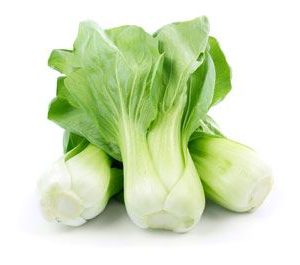
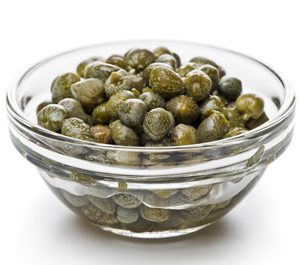
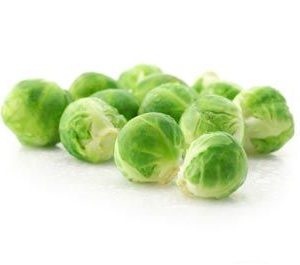
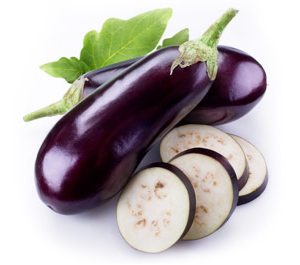
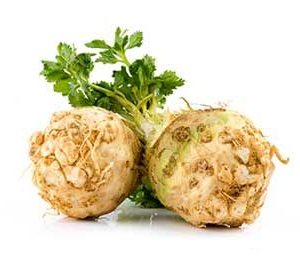
Reviews
There are no reviews yet.